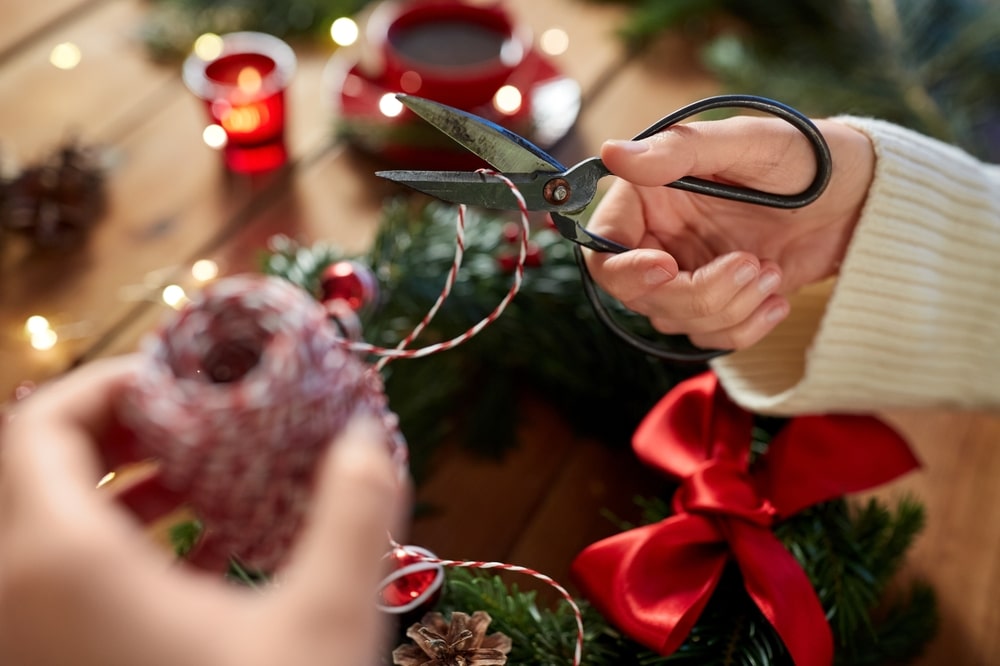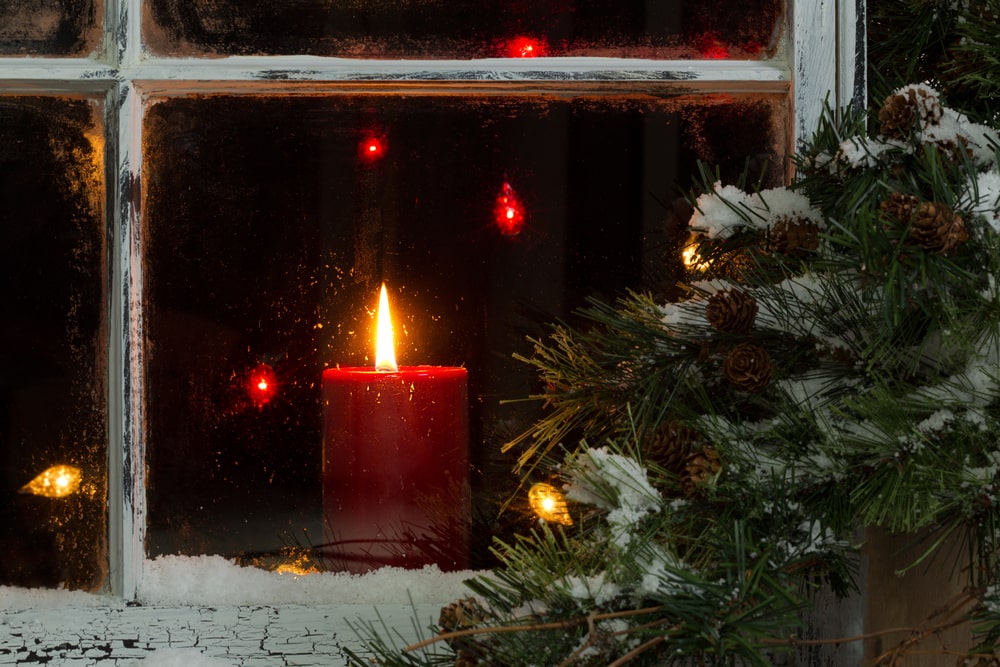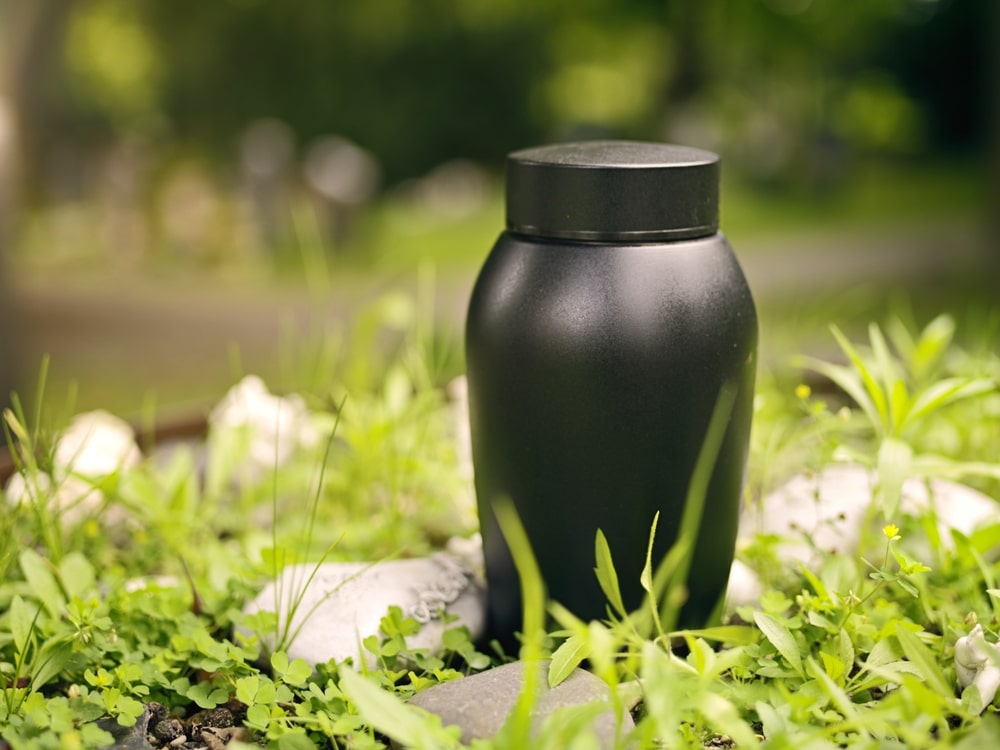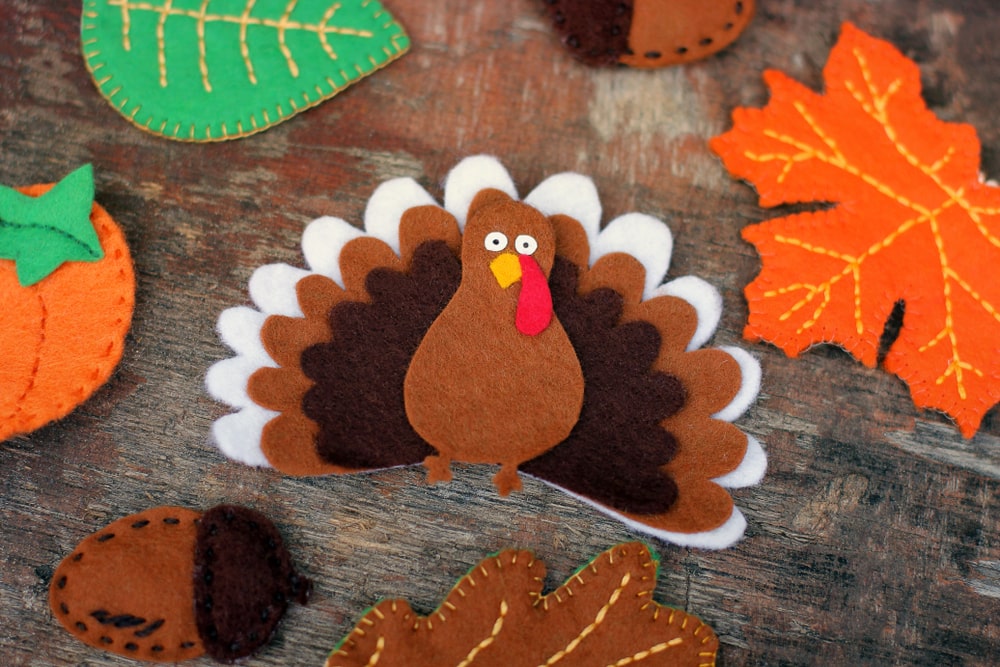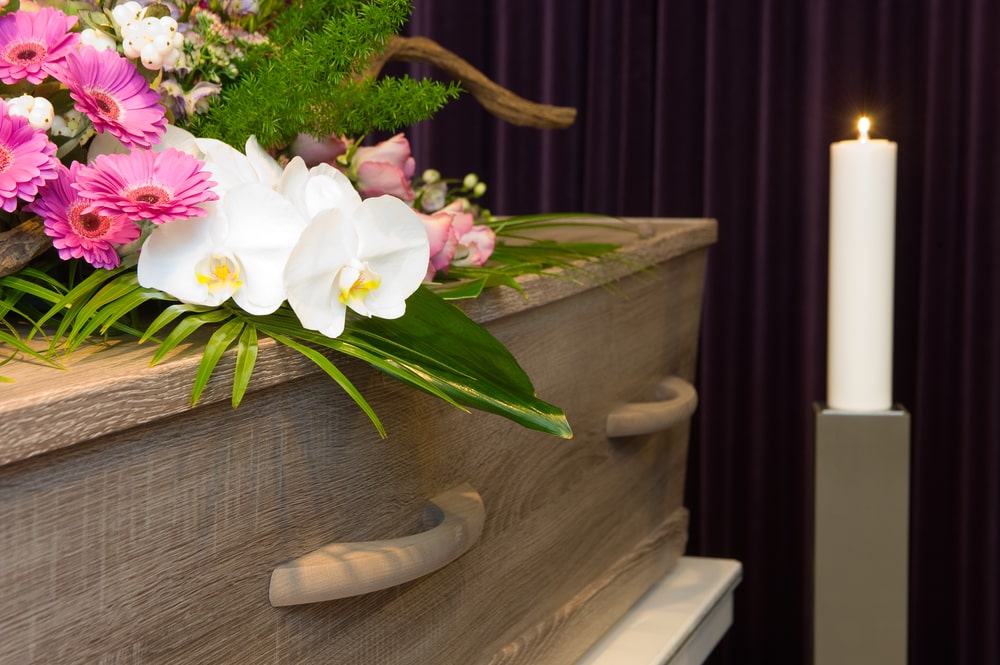When you choose cremation, there are a lot more choices than you might think. Would you like to have a service before or after cremation takes place? If so, would you like to add personalized details? What kind of cremation casket/container do you prefer? And amongst those questions is this – what is your plan for the cremated remains once cremation is complete? For some, urn burial is a great option to consider. Let’s learn more!

What is Urn Burial?
Just like it sounds, the urn is buried in the ground (like a casket), and there is a personalized grave marker with birth and death dates. Many cemeteries will require an urn vault (which encases the actual urn) to ensure the ground stays level as time passes. In general, urn burial will cost less than casket burial because cemetery plots are smaller in size and urns cost less than caskets.
If you would like to bridge the gap between a traditional burial ceremony and cremation, then urn burial could be a good choice for your family. It also provides a permanent place for friends and family to visit the lost loved one whenever they wish.

Where Can You Bury an Urn?
After you’ve decided that urn burial is the route you’d like to go, the next step is deciding where to bury the urn. Let’s review your options.
Burial in a Cemetery
Perhaps the most popular option, burial in a cemetery is relatively easy to coordinate and gives your family a place to visit and leave memorial items after a loved one has died. Many cemeteries offer an urn burial section, and as stated before, the cost is more affordable because an urn requires less space.
Cemeteries often require that you bury the ashes in a cremation urn vault. This prevents the ground from caving in and becoming uneven should the urn begin to deteriorate over time. To be clear, in most cases, this means you would select an urn (decorative, stone, wood, etc.) and that urn would then be placed in the urn vault before burial takes place.
Burial in an Urn Garden
Some cemeteries also offer urn gardens or memorial gardens as an option for urn burial. These gardens provide a natural setting with flowers, trees, water features, and sometimes reflection pools. However, there may be special rules around grave markers to ensure the garden maintains a clean look.
Urn gardens are not available in every town or city, so if you would like to pursue this option, speak with your funeral director. They will have a good sense of the options available in your area.

Burial in a Green Cemetery
For some, natural settings provide peace, tranquility, and an eco-friendly option. However, with green cemeteries, there will be specific requirements on which types of urns you can use.
Many green cemeteries will ask you to choose an urn that is all-natural and biodegradable with no synthetic glues, stains, or metal components. They will likely have eco-friendly urns available for purchase in materials like natural woods, ceramic, paper, or cardboard, to name a few.
Burial on Your Personal Property
Can you bury an urn in your backyard? In some states, you can. If you would like to bury a loved one’s ashes on your personal property, make sure you investigate state or local regulations first. There may be zoning laws or distance requirements that could prohibit you from urn burial on your property. Additionally, you may be required to have a special permit or to designate the land as a family cemetery. To see the regulations in your state, click here.
Additionally, it’s good to consider the long-term implications, such as property transfer. If you decide to sell your home at some point, you will either need to disclose to prospective buyers that there are human remains buried on the property, or you will need to dig up the urn and take it with you to your new home.
Burial on Someone Else’s Private Property
If you have a friend who owns acres and acres of land, and you have their permission to bury a loved one’s urn, then in most cases, you can do it. But as a reminder, look into those rules, regulations, and ordinances first. Every state’s requirements are different, so to make sure everything stays legal, look at the fine print.
If you are interested in burial on land that belongs to a corporation, business group, or even federal land, the likelihood of gaining permission is slim. For example, if you’d like to bury a loved one’s urn at their favorite National Park, you are unlikely to receive permission. While most National Parks allow scattering, they don’t allow burial. If you are denied permission to bury, it’s best to accept that decision and move on to your second choice.

What Types of Urns are Best for Urn Burial?
The best type of urn to choose depends on your personal preferences and the burial location. Before you can choose an urn, you first need to decide what type of urn burial you want. Once you’ve chosen, select which type of urn would work best.
Here are a few of the main types:
- Temporary urn (box used to return ashes to the family)
- Custom-built or personalized urn
- Biodegradable, eco-friendly urn
- Stone urn (which will also serve as a vault)
When choosing an urn, consider the material, design, size, and functionality. For example, if you’ve chosen burial in a green cemetery, there’s no point in looking at stone urns. Instead, your best bet is to look at biodegradable urns.
The material, design, and size will affect the pricing to a certain extent, so keep that in mind. Some metals or wood will be more expensive than others. If you’d like a custom shape, like a guitar for a musician’s funeral, that will add to the overall cost. However, these personalized details often carry rich meaning, and if they provide a way for you to honor your loved one’s life, carefully consider whether to customize the urn or not.
Regarding the size of the urn, make sure you know how much space the burial plot includes and purchase accordingly. Some cemeteries may even require specific dimensions, so confirm with the cemetery staff before choosing an urn or vault.

Urn Burial FAQs
To ensure you have the answers you need, check out these frequently asked questions.
Can you bury only part of the ashes?
If you’d like to keep a portion of the ashes for cremation jewelry or to place in a keepsake urn in your home, you can do that. Just make sure that you inform the cemetery, so they know the exact amount of remains to be buried.
Can you bury two urns in one burial plot?
It will be up to the cemetery’s regulations, but many do offer shared plots, allowing spouses or families to rest together. If this is important to you, speak with your preferred cemetery about their specific options.

Can you bury ashes without an urn?
You will need to double-check with your chosen cemetery, but many will require some sort of container. With a traditional cemetery, you can bury with an urn vault only, which means you would not need a decorative urn.
If you choose a green cemetery, it’s unlikely they will require an urn vault, but they may still request some sort of biodegradable container.
There may be some cemeteries that allow you to place the ashes directly in the ground (no urn or vault), but they are less common and may be harder to find in your area.
Do some urns serve as their own burial vaults?
If you select a stone urn, such as marble, onyx, or granite, the cemetery may not require that you also have an urn vault. Stone is not going to degrade in the same way as wood, ceramic, metal, or glass. However, ask the cemetery personnel what their policy is regarding stone urns. The answer may vary from state to state or cemetery to cemetery.
What material should I choose for the burial urn?
It all depends on your burial plan. Stone, metal, and marble offer longevity, durability, and strength. Biodegradable materials are preferred for green or natural burial. Speak with the funeral home or cemetery staff to get a sense of what works best for your specific needs.

Can you bury cremated remains you’ve had at home for a while?
Absolutely. In fact, it’s best to have a permanent plan for a loved one’s remains. Keeping the ashes at home is fine for a time to aid in healing. But keep in mind – someday you, too, will die. What happens to the ashes then? A younger family member may not realize the significance of the urn and simply clean out the house, not realizing the ashes were even there. Rather than have something unfortunate occur, make a plan for your loved one’s ashes – scattering, burial, placement in a columbarium – even if you don’t plan to remove the urn from your home for another 5 or 10 years.
Can you change your mind or move the urn after burial?
If you change your mind after urn burial has taken place in a cemetery, speak with the cemetery personnel to discuss your options. There may be restrictions on unearthing the urn once it’s placed in a cemetery. However, at your home, you can unearth the urn to allow you to scatter the remains or give them a different permanent home.
Disclaimer: This is general information, not legal advice. Consult a funeral director in your area to confirm, as state and local laws may vary.







 (Jimmy Carter grew up on a peanut farm in rural Plains, Georgia)
(Jimmy Carter grew up on a peanut farm in rural Plains, Georgia)








